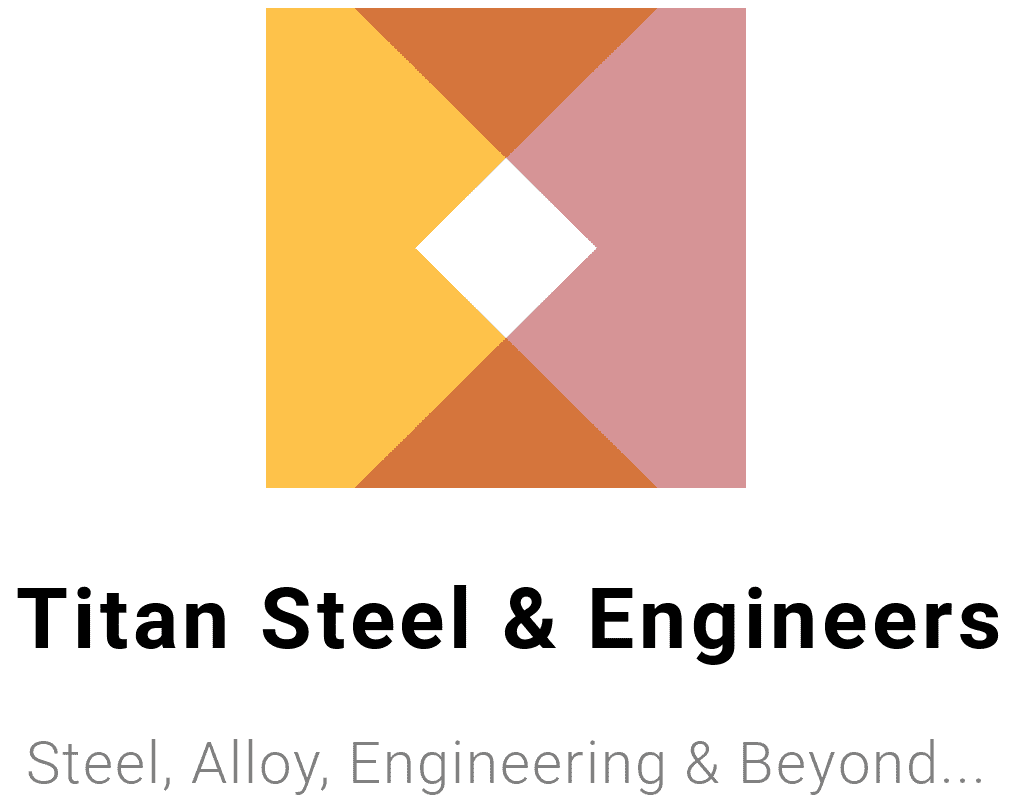Bright Steel: Strength, Precision, and Reliability for Modern Industries
Bright steel is a key material driving innovation across industries. Its unique properties and meticulous manufacturing processes make it indispensable in construction, manufacturing, and automotive sectors. But what sets bright steel apart? How is it made? And why do engineers and manufacturers prefer it for critical applications?
Whether you’re designing machinery, constructing sturdy frameworks, or finding the perfect material for high-precision components, this blog will unravel everything you need to know about bright steel—from its benefits to its future. Let’s take a closer look!
What is Bright Steel?
Bright steel refers to a category of steel products characterized by a smooth, bright surface finish and high precision in dimensions. Unlike standard black steel, which has a rougher surface due to mill scaling, bright steel undergoes additional processes like cold drawing, polishing, and grinding to achieve its distinctive shine and improved qualities.
Key Properties of Bright Steel
- Superior Surface Finish: Polished and smooth for both functionality and appearance.
- High Dimensional Accuracy: Manufactured to exact tolerances for precision applications.
- Enhanced Strength and Hardness: Stronger than untreated steel due to cold working processes.
- Great Machinability: Ideal for manufacturing intricate components with minimal effort.
- Improved Corrosion Resistance: Stands the test of time in challenging environments.
Common Applications of Bright Steel
Bright steel’s versatility makes it a popular material across a variety of applications, such as:
- Automotive Components like shafts, axles, gears, and connecting rods.
- Construction Elements including frames, beams, and braces.
- Manufacturing Uses, particularly in precision tools, fasteners, and machine parts.
How is Bright Steel Manufactured?
The creation of bright steel involves advanced production techniques that set it apart from standard steel. These processes form the foundation for its superior strength, finish, and performance.
1. Cold Drawing
Cold drawing involves pulling steel through a die to reduce its diameter and improve its surface. This not only achieves tighter tolerances but also enhances its strength through strain hardening.
2. Grinding
Grinding further smoothens the steel’s surface, removing any remaining imperfections. This step is vital for applications that demand a flawless finish, such as precision machinery components.
3. Polishing
Polishing gives bright steel its signature gleaming appearance while improving durability by reducing surface roughness. This ensures better wear resistance in applications exposed to friction or contact.
The Advantages of Bright Steel
Bright steel isn’t just about aesthetics—its functional benefits make it a standout choice for various industries. Here’s why professionals favor bright steel over conventional alternatives.
1. Strength and Durability
Bright steel undergoes processes like cold drawing that strengthen its core structure, making it more durable than untreated steel.
2. Precision in Dimensions
With tight tolerances, bright steel offers near-perfect dimensional accuracy, ideal for use in industries where precision is non-negotiable.
3. Superior Surface Finish
The smooth, polished surface reduces the risk of wear and tear while enhancing the overall appearance of the finished product.
4. Cost-Effective Machinability
Bright steel’s improved machinability minimizes production time and tooling costs while boosting manufacturing efficiency.
5. Enhanced Corrosion Resistance
Its polished surface slows down oxidation, increasing the lifespan of components in humid or corrosive environments.
Bright Steel Across Industries
Bright steel plays a key role in some of the most dynamic industries around the globe. Below are a few examples of how it’s being used.
Automotive Industry
Bright steel is commonly used in axles, shafts, gears, and engine components that demand precision and high strength. Its excellent resistance to wear and fatigue makes it ideal for enduring the stresses of automotive performance.
Construction Sector
When it comes to construction, bright steel provides structural integrity and aesthetic appeal. Its typical applications include reinforcement bars, beams, and structural frames with polished finishes.
Manufacturing Industry
This material is highly valued in the creation of machine parts, fasteners, and tools. Its machinability allows manufacturers to produce intricate parts with ease, reducing time and costs in production cycles.
Adhering to Quality Standards and Specifications
To maintain its reputation for reliability, bright steel production must comply with various global standards, such as ISO, ASTM, and JIS. These standards ensure specifications for mechanical properties like tensile strength, hardness, and elongation are met. Professionals should always consult their specific project requirements to choose the appropriate grade of bright steel.
Future Trends in Bright Steel Manufacturing and Usage
The bright steel industry is evolving rapidly, driven by technological advancements and changing market demands. Here’s what the future holds for bright steel.
1. Sustainability Initiatives
With growing concerns about carbon footprints, manufacturers are adopting greener practices. Recycled materials and energy-efficient processes are becoming the industry norm.
2. High-Performance Alloys
Expect to see more specialized bright steel products tailored for extreme conditions like high loads, elevated temperatures, or corrosive environments.
3. Smart Manufacturing Techniques
The integration of AI and IoT in manufacturing will lead to improved process controls, guaranteeing consistently higher quality in bright steel production.
4. Customized Solutions
Advancements in machining and forming technologies will pave the way for more customized bright steel solutions that cater to niche applications.
Why Bright Steel is the Future
Bright steel has earned its place as a material of choice for industries that prioritize precision, strength, and longevity. Whether you’re designing complex automotive parts or constructing enduring architectural frameworks, the benefits of using bright steel are undeniable.
For engineers, manufacturing professionals, and construction specialists, understanding the full potential of bright steel can lead to more efficient and innovative projects. Its proven reliability and future-ready capabilities make it a material worth investing in.
Looking to streamline your manufacturing or engineering workflow with precision material solutions? Consider incorporating bright steel into your next project for superior results that stand the test of time.


